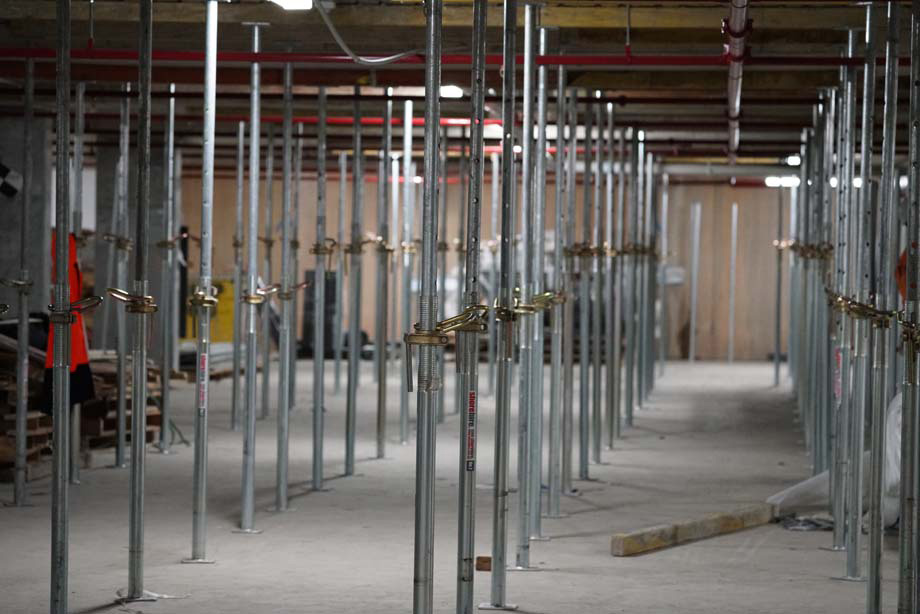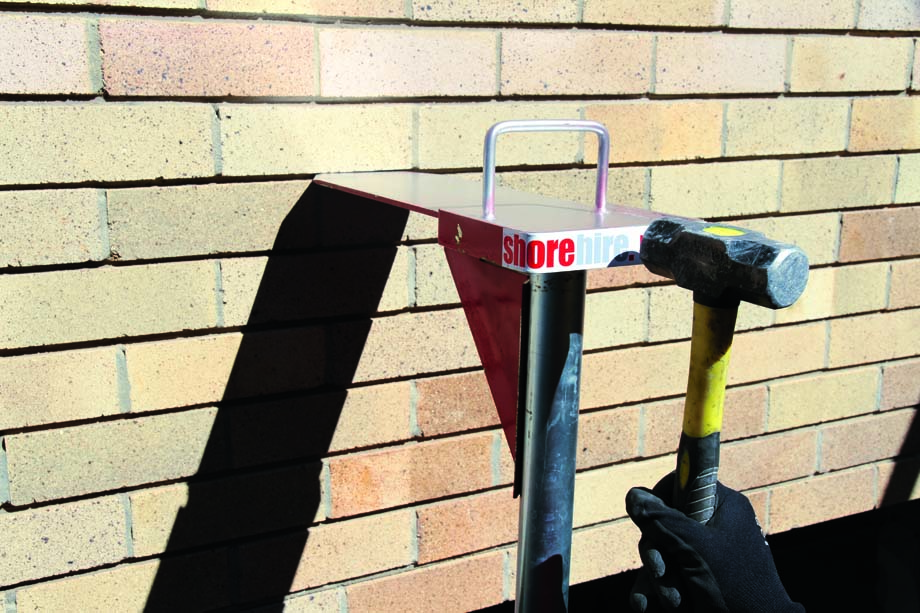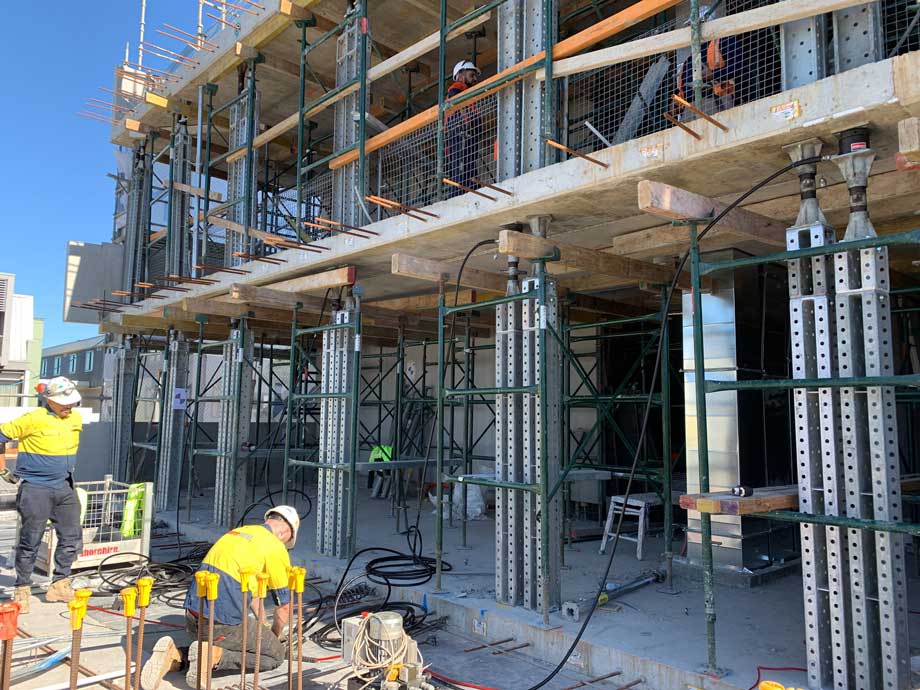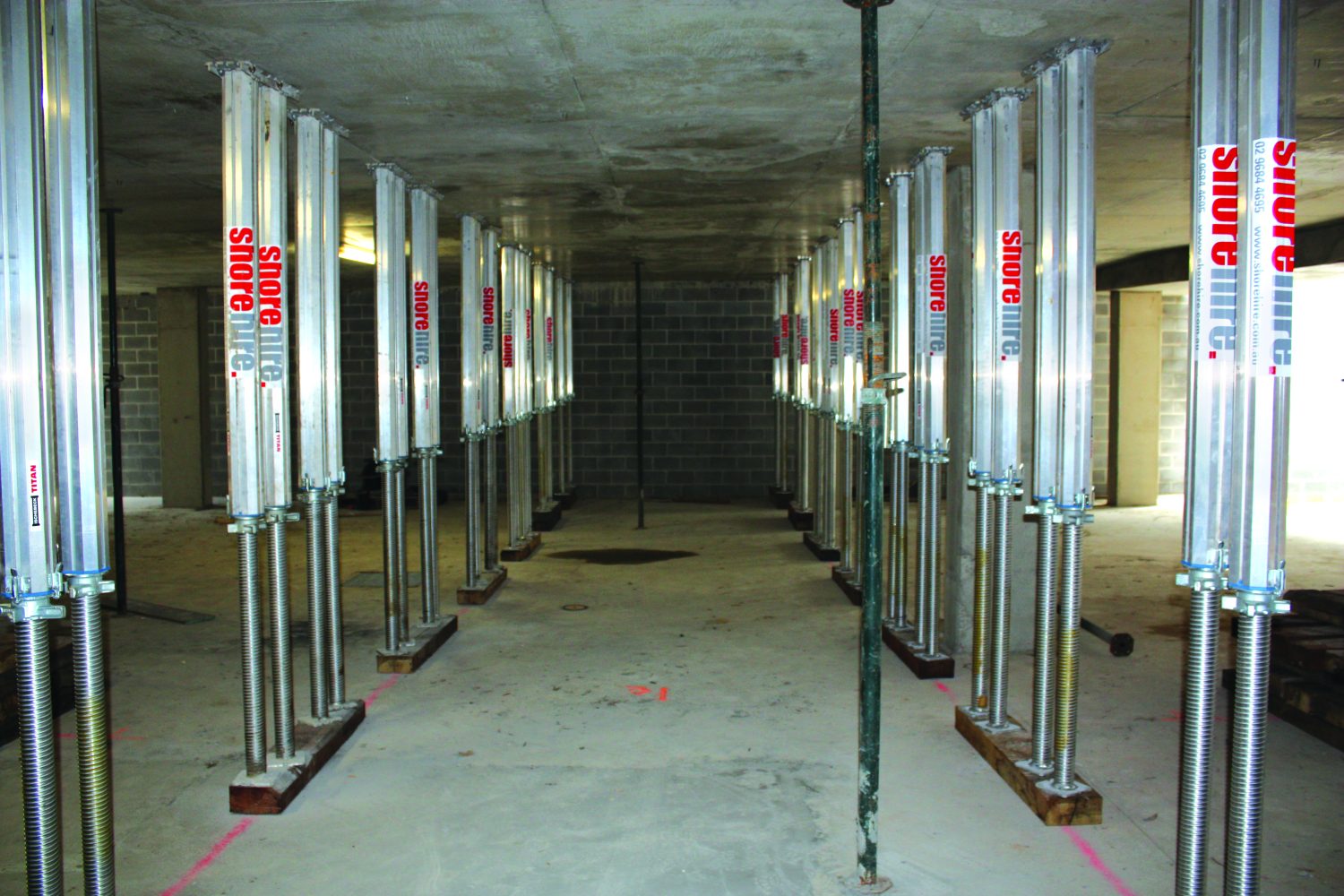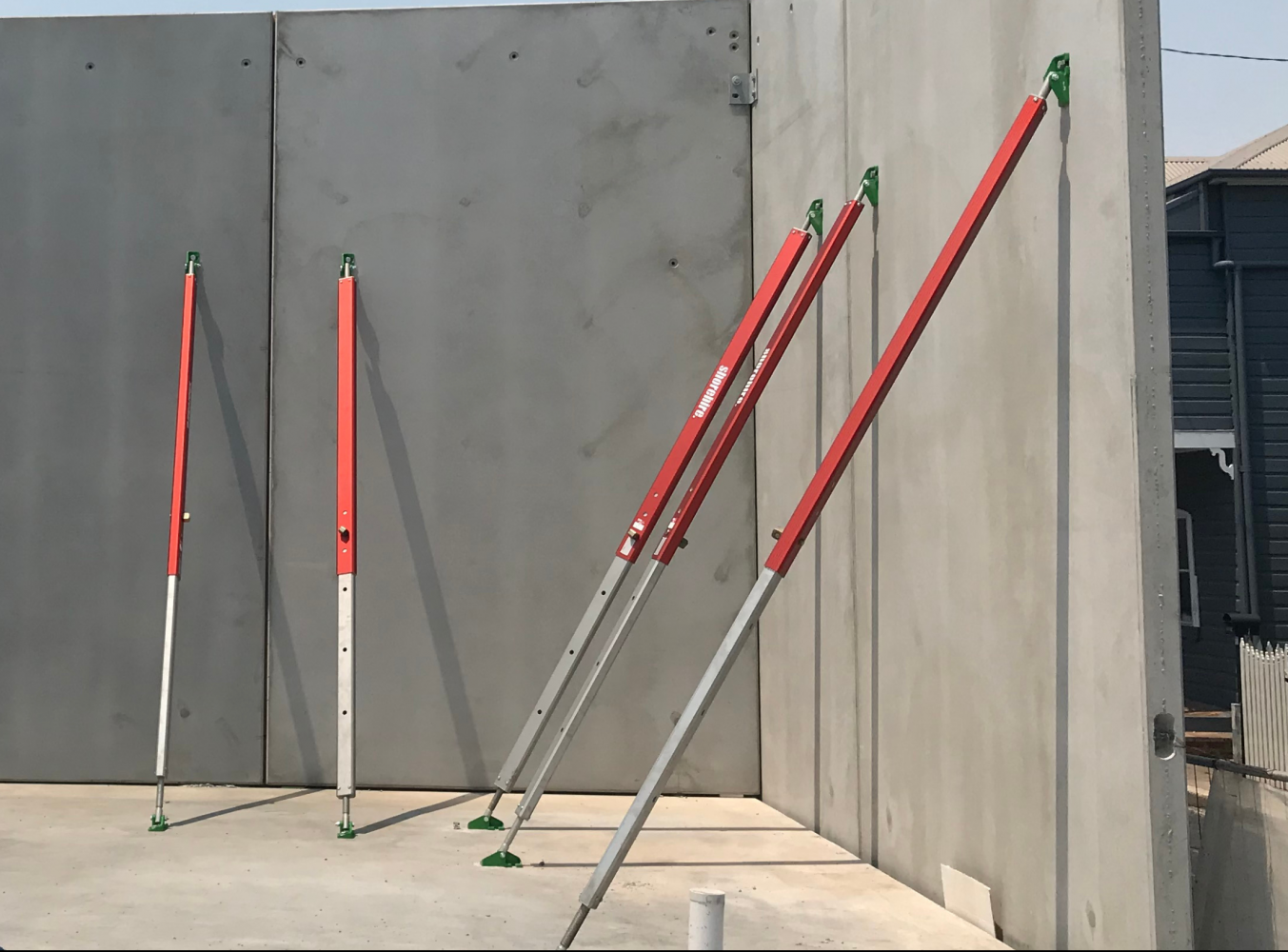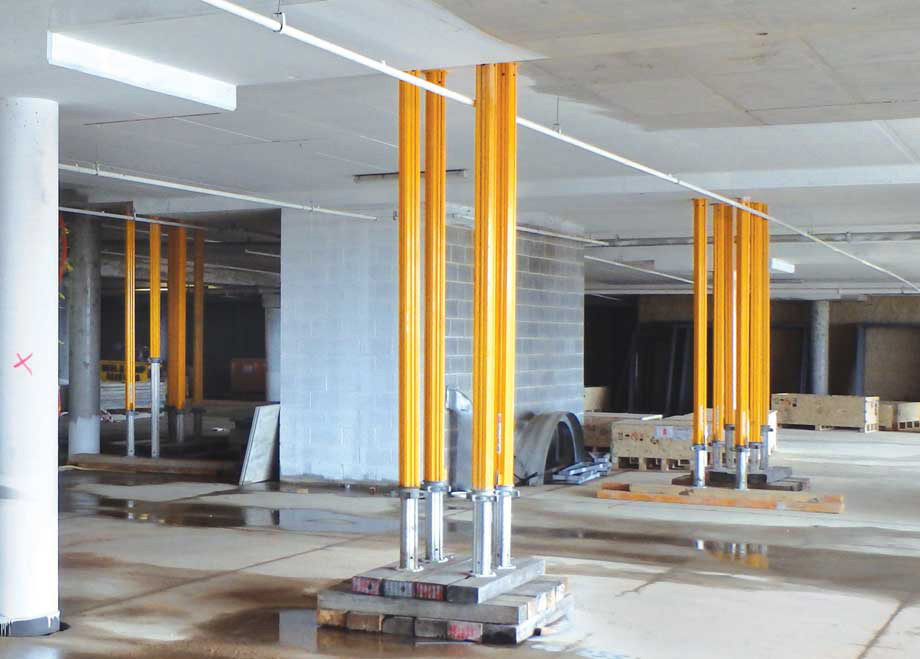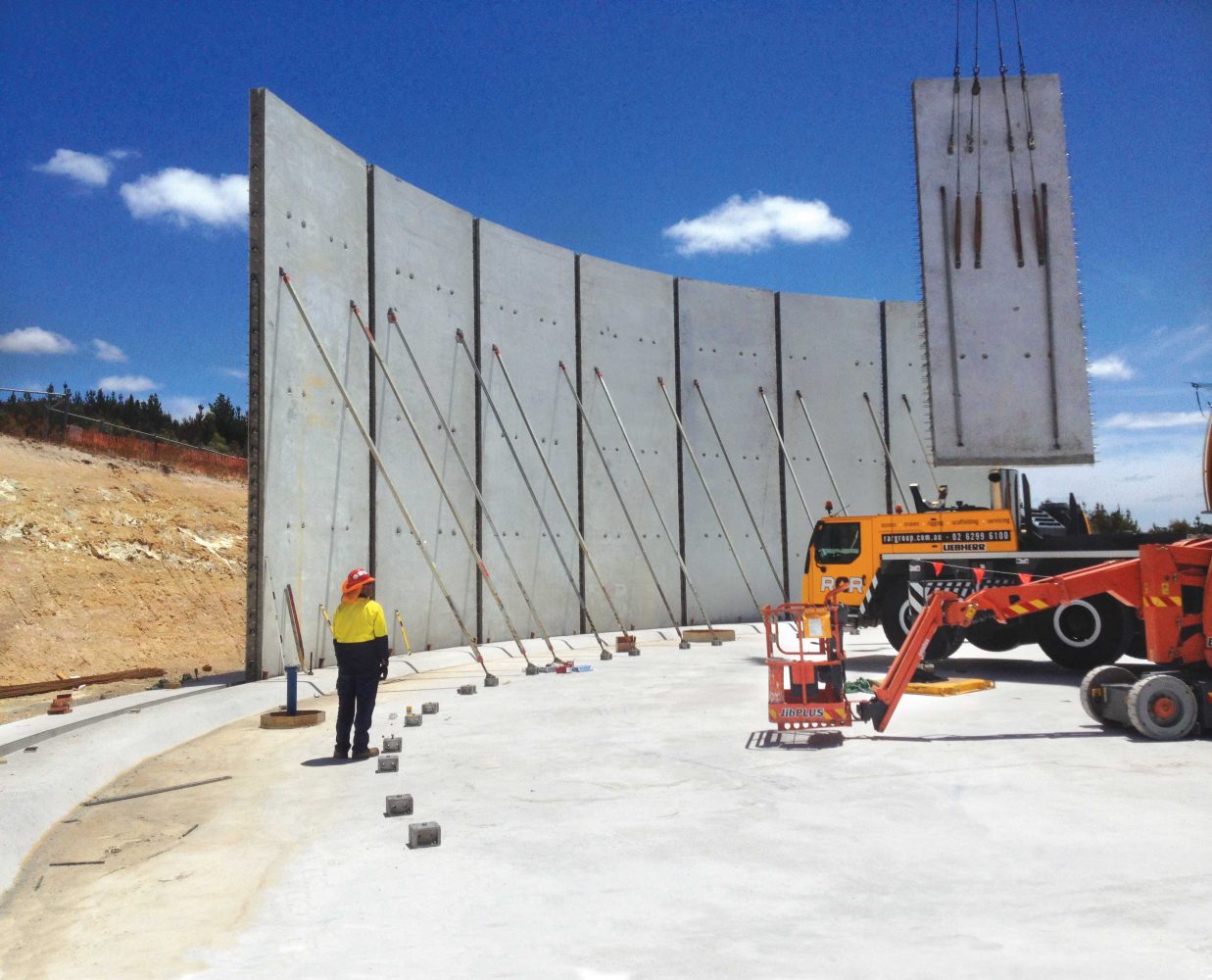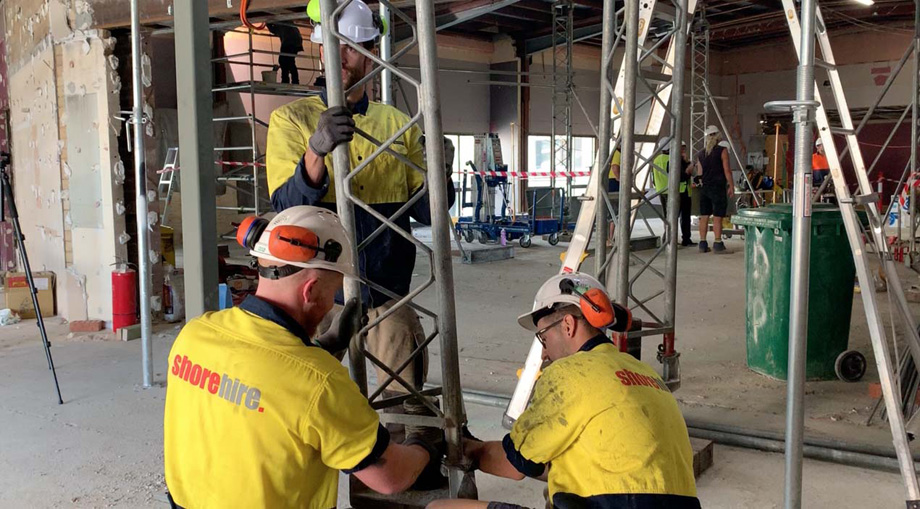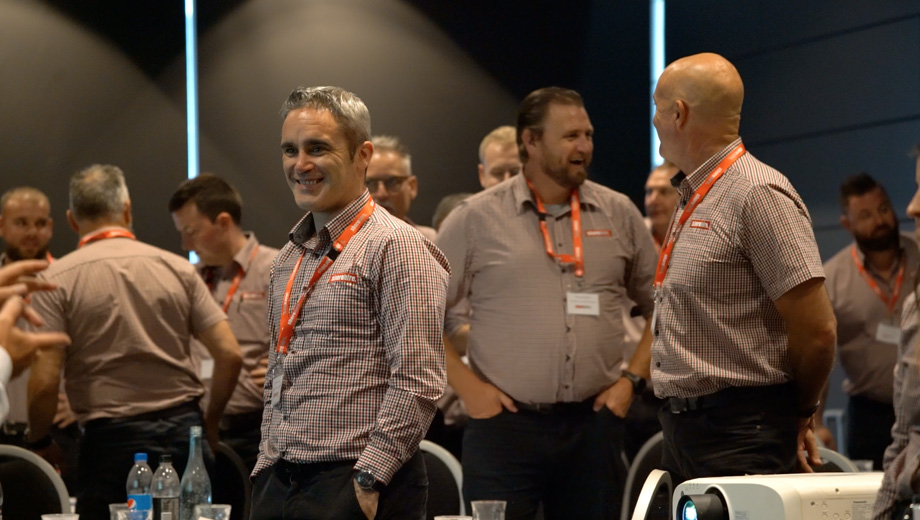Home Blog Product Info The History of Acrow Props
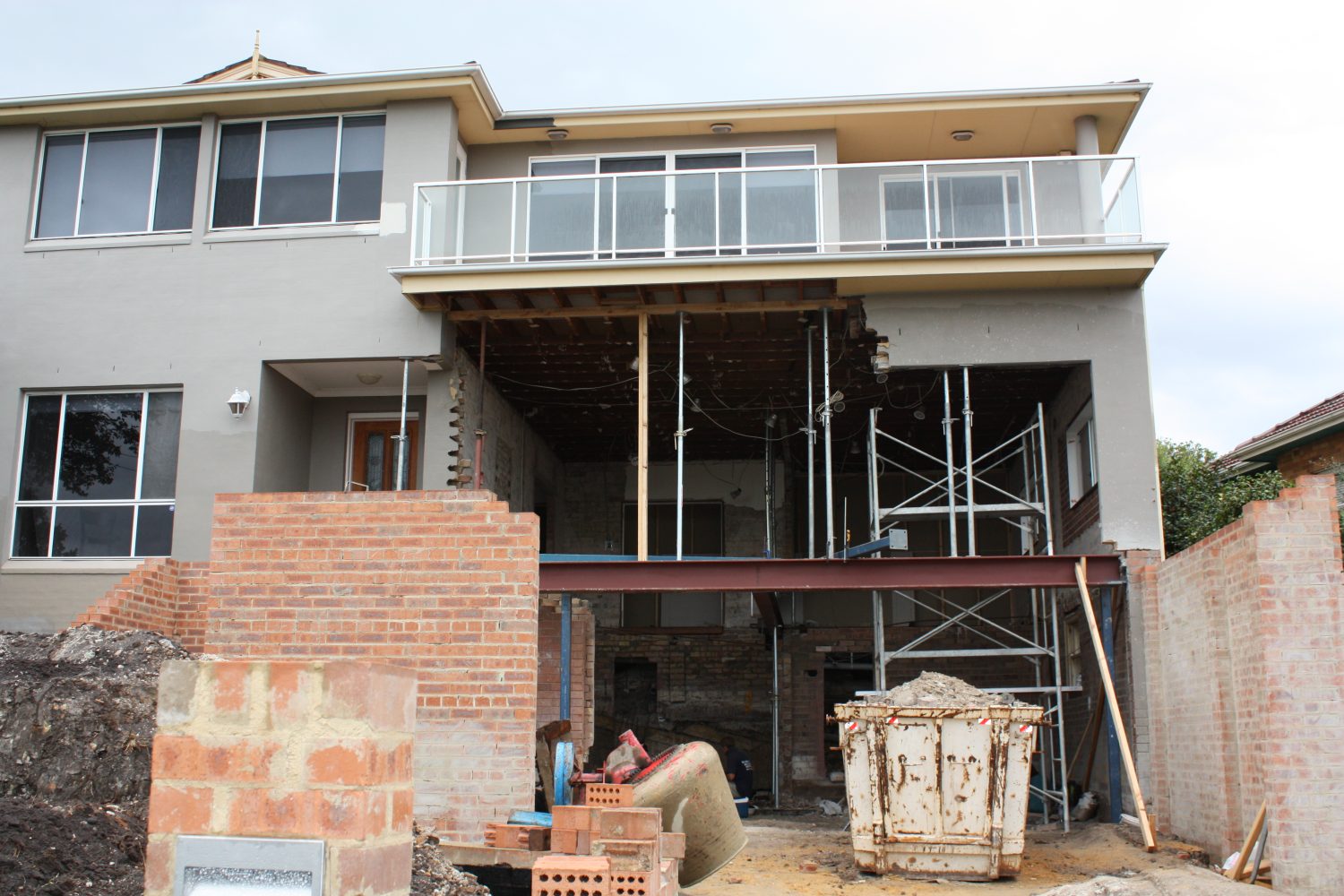
If you were to visit any construction site in Australia that needed to temporarily support an existing structure, it’s highly likely that Acrow Props are going to be used. Lightweight, economical, and easy to erect, Acrow Props are one of the most popular props in the construction industry, but it wasn’t always that way.
Let’s take a look at the history of Acrow Props and how they changed the construction industry for the better.
How Were Acrow Props Invented?
Before Acrow Props were invented, the construction industry used wooden or timber props for support in the majority of construction projects.
Some of the ways wooden or timber props were used to provide temporary structural support throughout history include:
- In ancient Egypt, wooden or timber props may have been used to stabilise the gigantic stone blocks during their placement and to distribute their weight to prevent them from collapsing, to prop up the ramps that were used to transport the stone blocks, and to provide support to the different layers of a pyramid as other were being built.
- In ancient Roman architecture, to support features like arches and vaults until permanent elements like stone or concrete were set, to shape and mould wet concrete until it hardened, and to support overhanging floors, like seating tiers, in the Colosseum while construction work was being completed on other levels.
- In the Middle Ages, to support the towering arches and vaults found in gothic cathedrals. Props were used to support these features, while other parts of the building were being built and until they could support themselves.
- In Tudor-era England, to construct timber-framed houses. Wooden or timber props were used to support the timber beams and other structural components of the upper levels and roofs of these houses until the joints were securely fixed.
- In the Edo period in Japan, to support the intricate roof structures while they were being assembled in temples or castles.
Despite being used as structural supports in construction projects since ancient times, wooden or timber props were by no means a safe or reliable option. Common problems with wooden or timber props were that they were susceptible to deteriorating or cracking over time from water exposure or excessive sunlight from the weather, fungal decay, or bug infestations, as well as being vulnerable to fire. These types of props also had to be cut to the needed size each time, meaning that they were only often used on one project before being disposed of.
Luckily, Swiss-born inventor, William de Vigier, had an idea for an adjustable steel prop, that would solve all of the above problems and more. He had just moved to London and only had 50 pounds to his name when he discovered that he would need to manufacture these props himself, and teamed up with a lawyer named Arthur Crowe. Together, they created a company called Acrow Engineers Ltd, adapted from A Crowe, which Vigier thought would be easy to pronounce and would always appear at the top of an alphabetical listing. This is also what they decided to call the prop itself, which soon became a generic name for it in the construction industry.
Despite their popularity today, Acrow props took a while to be successful after their release. But in 1939, after a series of large orders from civil engineering companies and other prominent companies in the construction industry, over 40000 Acrow props were in use throughout the United Kingdom.
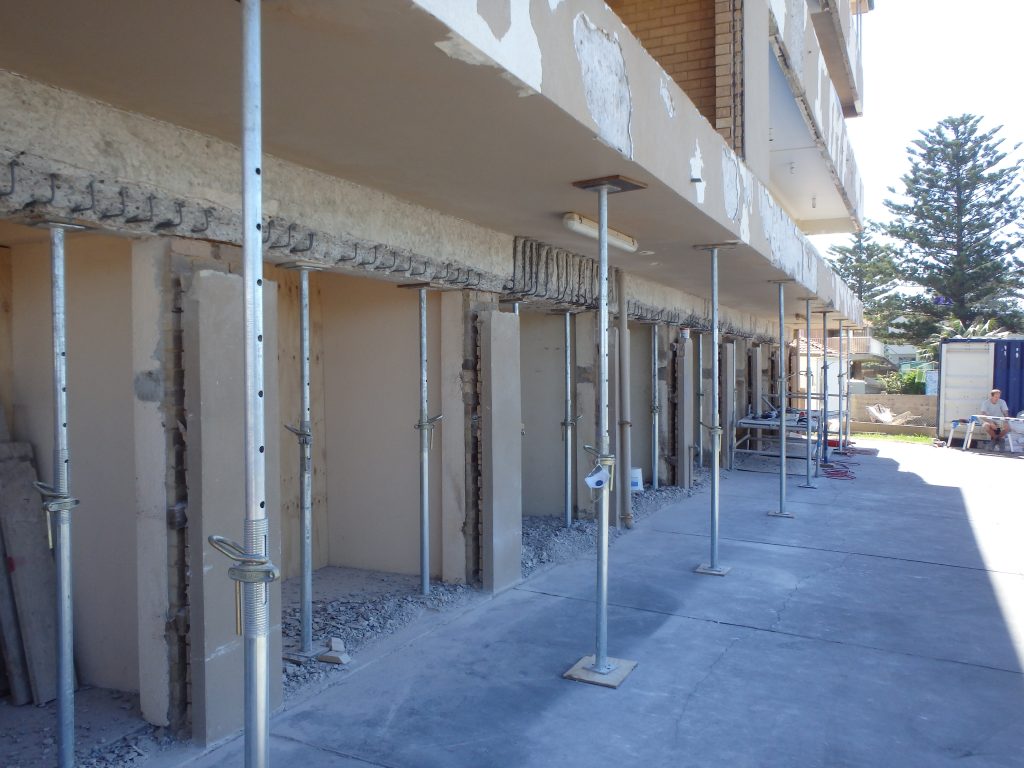
Why Were Acrow Props so Innovative?
Acrow props revolutionised the construction industry, being made from steel, they were incredibly strong, but lightweight, and were less prone to faults or damage. They could also be used on more than one project at a time as well as a variety of different types of projects, making them extremely cost-effective and convenient to businesses hiring them out.
Their economical size and ease of installation mean multiple Acrow props can easily be positioned quickly on a job site, helping to drive productivity. With some Shore Hire Acrow props weighing as little as 13kg, these supports can easily be transported and moved around a job site.
The original design Vigier created has been so successful that in the eight decades since the design of Acrow Props hasn’t changed significantly. Original features like an inner and outer tube with a solid top and base plate, pin, and adjusting nut are still features of Acrow Props today, including our range here at Shore Hire.
Discover some of the features and benefits of using Acrow Props in the Product Walkthrough below:
If you would like to learn more about our Acrow Props and how they might be the best solution for your next project, visit your nearest branch, email [email protected] or call our friendly team of experts at 1300 SHORE HIRE.
